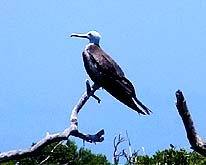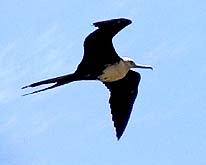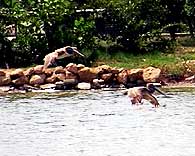|
MY ANTIGUA ECOLOGY & WILDLIFE GUIDE |
Latin name: Fregata minor & magnificensPopulation:
Over a thousand couples for each species.
The art of piracy |
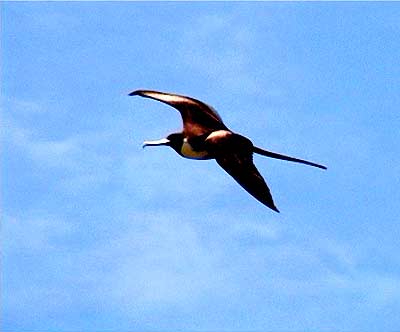 |
Bird watching |
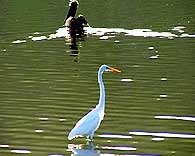 |
|
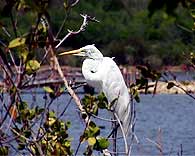 |
||
|
Antigua to me was an eye-opener. Chris and I had passed through the airport several times as it is the main Caribbean hub between the Islands, and I have to admit that the few glimpses I had of the Island were not inspiring, so when we were asked to spend two weeks filming I was wondering what I would be able to find apart from the hotels to make a 30 minute documentary. As far as the scenery goes I was right. Antigua has beaches to die for and scenery that looks as though it has died. It's no one's fault. Antigua is a flat island with not enough rain and so scenery is limited, but the bird life is AMAZING!! I could not believe the number of species I found while filming the hotels. One of my favourites was the Ramiere Pigeon which I first filmed on Barbados and I have used the following pictures to illustrate the frustration I have with the limited zoom on my video camera |
||||
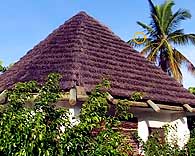 |
If you look carefully at the picture on the left
you can see where I have ringed our bird in orange. |
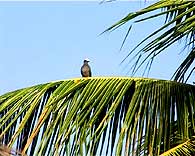 |
|
(Technical note: As these images are
all taken from my Sony VX2000, they are captured using DV Tools at 720X576
pixels which is the default for PAL DV footage. They are then taken into
Adobe Photoshop (A programme I would be lost without - well worth
anybody's money) and scaled down for use on the web. If you would like to
see what the maximum size of my pictures are
try one. |
||
Why not visit one of our other Holiday destinations
ANTIGUA
BARBADOS
CORFU
CYPRUS
FLORIDA
GOSPORT
GRENADA
ST KITTS
ST LUCIA
TOBAGO
KENYA

